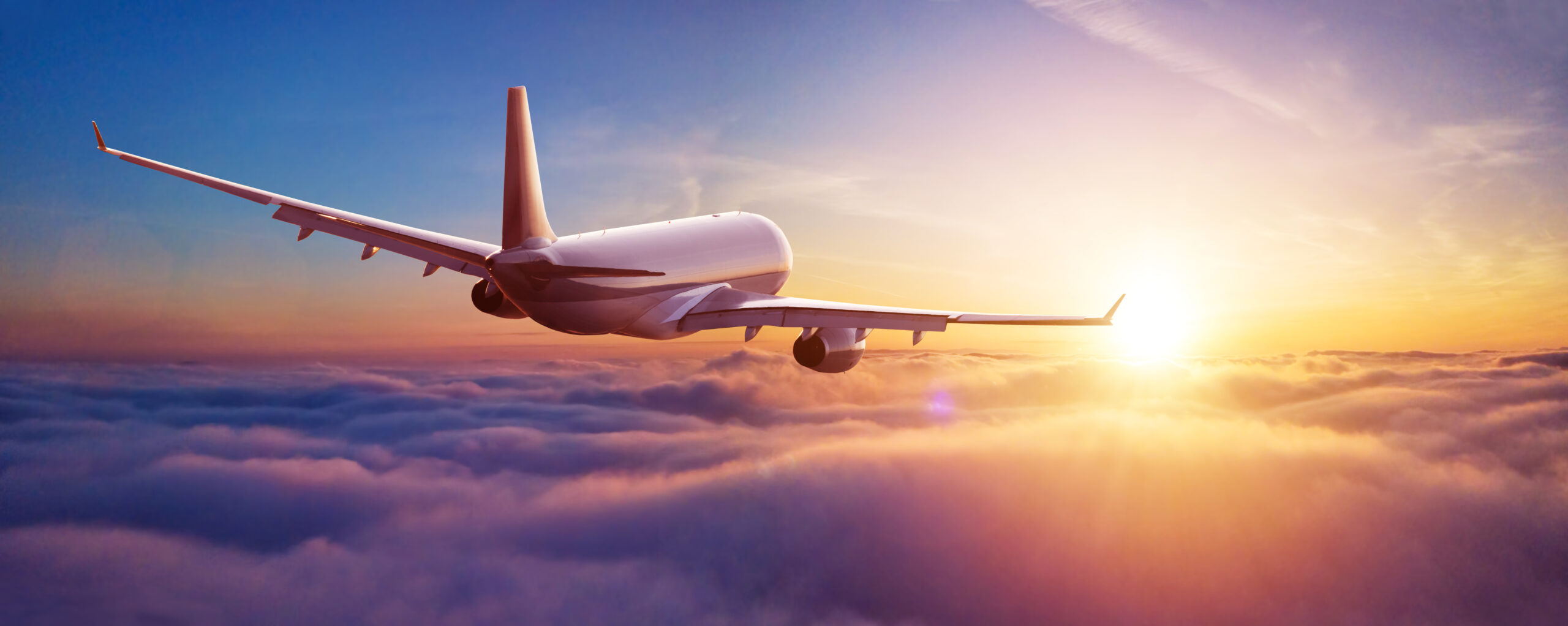Qantas is making significant progress with Project Sunrise. This week, the modified fuel tanks on their A350-1000 aircraft were approved by regulators, marking a major milestone. During the International Air Transport Association’s (IATA) Annual General Meeting in Dubai, Qantas CEO Vanessa Hudson announced that the ultra-long-haul flights connecting the east coast of Australia with London and New York are on schedule to commence in approximately two years. These routes are poised to become the longest in the world.
Since 2022, Qantas has ordered 12 specially modified A350s, equipped with additional fuel tanks to support the 22-hour journeys. These aircraft will feature a configuration of 238 seats, including six in first class, 52 in business class, 40 in premium economy, and 140 in economy. The 140 economy seats will be in a 3-3-3 configuration with a 33-inch pitch instead of the standard 31-inch for long haul. This will provide approximately 5cm of extra legroom.
A notable feature of the new cabin design is the Wellbeing Zone, described as “a dedicated space for movement and premium refreshments, designed to optimise wellbeing throughout the flight,” accessible to all passengers. This innovation aims to mitigate the challenges of a 22-hour flight by providing a place to stretch and move around. However, with the recent issues of severe turbulence, it’s uncertain how effective this will be in practice. It’s one thing to endure a long flight with room to move; it’s another to be confined to your seat for the majority of the journey. We will have to wait and see how Qantas plans to tackle this issue.
So, the big question is: would you take this flight? My personal answer is absolutely if I were flying first or business class (which is – never!), but in economy, I’m not so sure.
Stopovers can provide a relaxing way to start a trip, offering a break between flights and helping with jet lag. They also provide the opportunity to visit new places and experience different cultures. On the other hand, the return journey can seem endless. When you’re on your way home and just want to get there, having to stop along the way is frustrating.
For many, the prospect of eliminating stopovers on such a long journey is appealing. However, the trade-off between convenience and comfort remains a crucial factor. Project Sunrise may herald a new era of non-stop flights, but whether it spells the end for stopovers is still up in the air. The ultimate decision will rest with the passengers: the frequent flyers who crave efficiency and the leisure travellers who cherish the journey as much as the destination.






